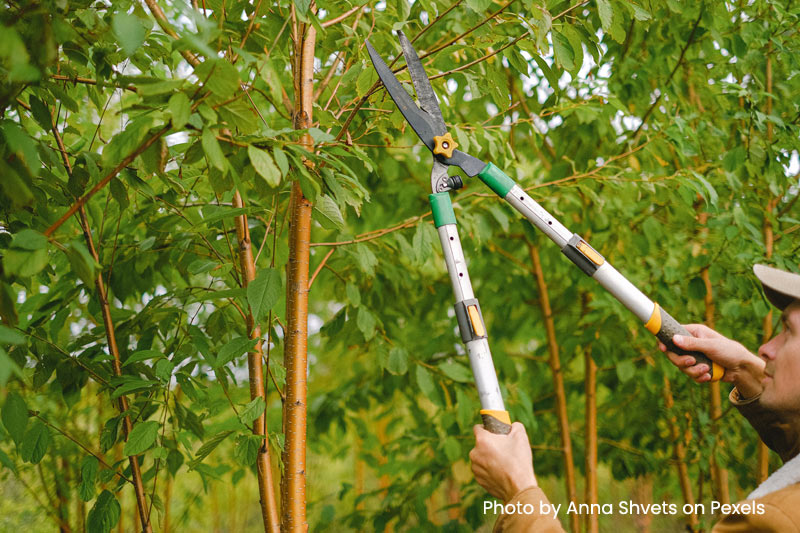
Trees can be a beautiful addition to any yard or landscape and provide many benefits, such as reducing erosion and cleaning the air surrounding your home. But adequately caring for trees is a science. This article discusses tree topping and why it can be harmful to the trees in your yard.
What is Tree Topping?
Tree topping is a practice of drastically cutting back all the large branches. When trees get too tall, it can be tempting to hack away at some of the large, leafy branches at the very top to shorten them and make them appear a bit smaller. The result is often a tree with large, stubby branches or one that looks like it got a ‘crew cut.’
Why is Tree Topping Harmful?
Many homeowners engage in tree topping to reduce the size of the tree, open up a view, or make it safer, but the reality is that this practice often has the opposite effect. After topping, a tree will quickly grow back to its initial size or even larger. Unfortunately, it will have lost its natural shape and regrow to be unsightly. Additionally, the new growth won’t have the structural integrity the original branches had, meaning it’s poorly attached to the trunk, which can increase the safety risks.
Tree topping can lead to many undesirable effects, including:
- Increased disease and pest risks: After topping a tree, the major branches have large wounds that often don’t heal properly. Unfortunately, rot can set in and move down the branch, opening up your tree to an increased risk for disease or insect infestation. Dealing with disease or pests can be time-consuming and costly, and there is no guarantee that you can get your tree back in good health.
- Tree death: Increased disease and pests aren’t the only risks of topping. Some trees will die after tree topping. Unfortunately, these trees will die, leaving you with the costly task of removing and replacing a dead tree. When much of the foliage that receives direct sunlight is removed, the tree cannot convert the sunlight and water into sustenance.
- Fast regrowth: Topping reduces the size of the tree, but only for a very short period of time. It promotes the growth of water sprouts or thin branches that grow straight up, as the tree wants sufficient sunlight after being topped. After tree topping, these water sprouts will grow four to ten times faster than normal branches, which means your tree will return to its original height in just a little time. And this leaves you with the same dilemma. Cutting the top again will allow the water sprouts to multiply, which leaves you in an endless cycle of continuously topping the tree to keep the new growth at bay.
- Increased safety risks: Some homeowners will top a tree because they fear the large branches are a safety hazard as they may break and fall onto a person, a home, or other property. However, when trees regrow quickly – as they do after topping – the branches are weakly attached, making them more likely to break as they continue growing. Unfortunately, if the cut branch has rotted, it may fall for no apparent reason. Therefore, if you are considering topping a tree to increase safety, be forewarned that this process will likely have the opposite effect.
- Ugly trees: Topping a tree results in the loss of its natural form. While your intention may have been to enhance the look of the tree, that is rarely the result after a tree has been topped. The new growth will be uneven, resulting in an unappealing look.
As you can see, tree topping is never a good solution to any problem you may encounter with the tree. Pollarding is an alternative option, which isn’t harmful to trees when it’s done on a regular basis. Pollarding cuts branches on young trees close to the trunk to keep their growth more compact. Routine pruning can also be a way to limit growth or ensure that the tree doesn’t become a safety hazard. And while these options aren’t generally as cheap as tree topping, they are much more cost-effective in the long run since topping the tree typically results in many unanticipated costs.
Pollarding and pruning by a certified arborist will keep the tree healthy by only taking damaged branches and promoting healthy, sustainable growth. To learn more about alternative options to tree topping, contact Tree Barber, Inc. today!
Recognized as a top tree care company, Tree Barber Enterprises serves thousands of residential and business customers in North County San Diego. Our Certified Arborist and Certified Tree Workers are highly skilled and extensively trained in the latest arboriculture techniques, which enables us to perform our tasks quickly, safely, and economically.
